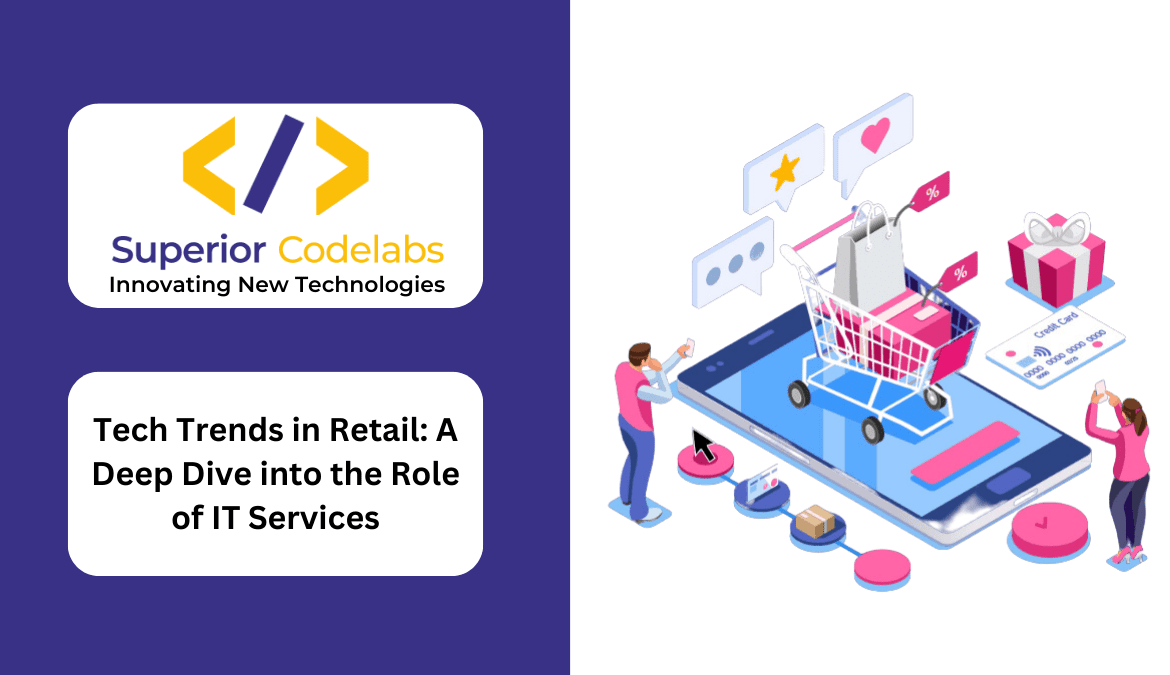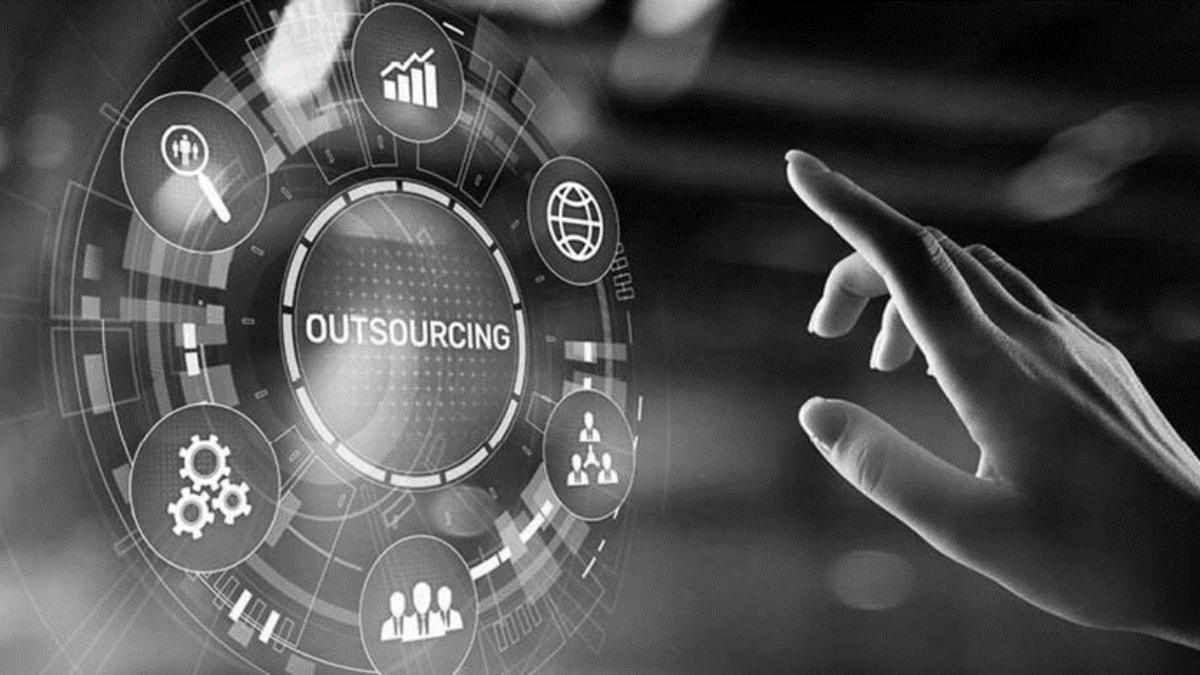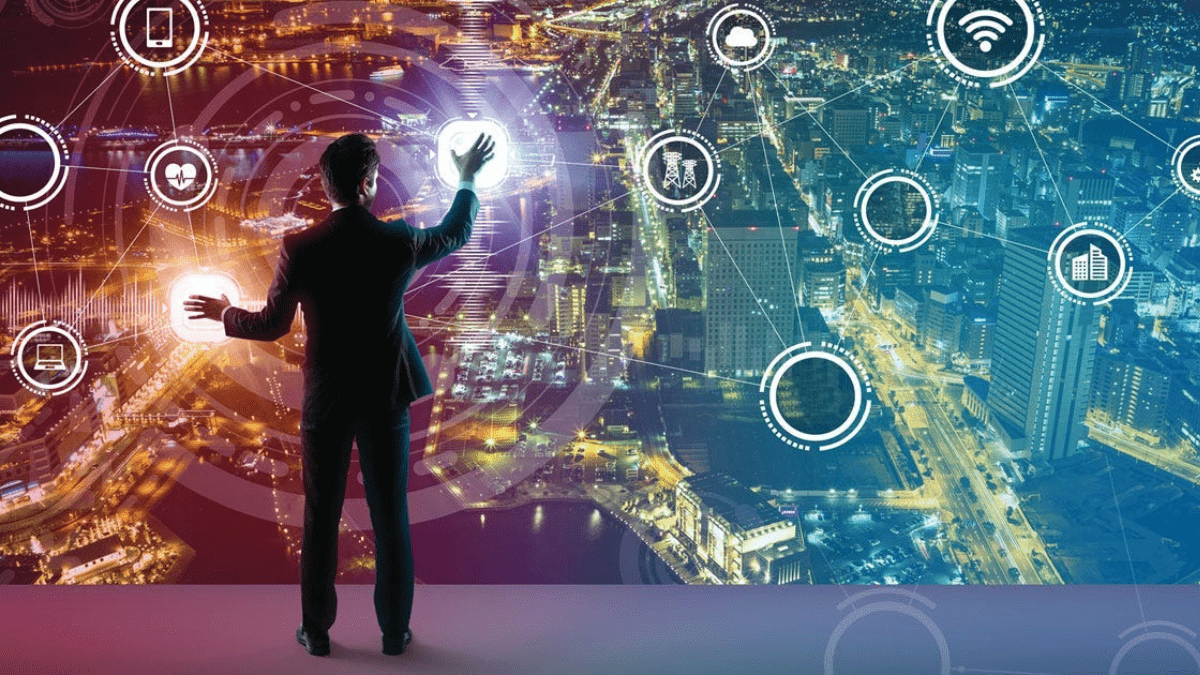Introduction
In the ever-evolving landscape of retail, technology continues to play a pivotal role in shaping the industry’s future. As we navigate through the digital age, the integration of Information Technology (IT) services has become a cornerstone for retailers aiming to stay ahead of the curve. In this deep dive, we will explore the transformative tech trends that are reshaping retail and delve into the crucial role IT services play in driving innovation and enhancing the customer experience.
E-Commerce and Omnichannel Integration
The rapid rise of e-commerce has fundamentally changed consumer behavior. Retailers are now leveraging IT services to seamlessly integrate their online and offline channels, creating a unified shopping experience. From mobile apps to responsive websites, IT solutions are facilitating the smooth transition between digital and physical retail spaces.
Data Analytics for Personalization
In the era of big data, retailers are harnessing the power of analytics to gain valuable insights into customer preferences and behavior. IT services enable the collection, analysis, and interpretation of vast amounts of data, allowing retailers to personalize marketing strategies, recommend products, and enhance overall customer satisfaction.
Supply Chain Optimization
The efficiency of a retail business heavily relies on a well-optimized supply chain. IT services are instrumental in implementing advanced technologies such as RFID tracking, IoT sensors, and AI-driven analytics to streamline logistics, reduce costs, and improve inventory management. These innovations contribute to a more agile and responsive supply chain.
Augmented Reality (AR) and Virtual Reality (VR)
The integration of AR and VR technologies is revolutionizing the way customers engage with products. Retailers are utilizing IT services to develop immersive shopping experiences, allowing customers to virtually try on clothes, visualize furniture in their homes, and explore products in a three-dimensional space. This not only enhances the customer experience but also aids in reducing return rates.
Contactless Payments and Mobile Wallets
With the growing emphasis on convenience and safety, contactless payments and mobile wallets are becoming increasingly popular. IT services are instrumental in implementing secure and efficient payment solutions, ensuring a frictionless checkout process for customers while meeting the evolving standards of security.
Artificial Intelligence in Customer Service
AI-powered chatbots and virtual assistants are transforming the way retailers handle customer inquiries. IT services enable the integration of AI into customer service platforms, providing quick and personalized responses to queries, resolving issues, and enhancing overall customer satisfaction.
Conclusion
As we navigate the dynamic landscape of retail, one thing is clear—the integration of IT services is not just a choice but a necessity for those seeking to thrive in the digital era. From enhancing customer experiences to optimizing supply chains, the tech trends reshaping retail are powered by robust IT solutions. As retailers continue to embrace these innovations, we can expect the industry to evolve further, delivering more seamless and personalized shopping experiences for consumers worldwide.
Q1: How can retailers ensure the security of customer data in the era of increasing digital transactions?
Retailers can employ robust cybersecurity measures, including encryption protocols and secure payment gateways. Regular security audits, employee training, and compliance with data protection regulations also play crucial roles in safeguarding customer data.
Q2: What role do IT services play in improving the efficiency of supply chain management for retail businesses?
IT services contribute to supply chain optimization by implementing technologies such as RFID tracking, IoT sensors, and AI-driven analytics. These technologies enhance visibility, reduce bottlenecks, and enable real-time decision-making, ultimately leading to a more agile and responsive supply chain.
Q3: How do augmented reality (AR) and virtual reality (VR) technologies enhance the customer shopping experience?
AR and VR technologies create immersive shopping experiences by allowing customers to virtually try on products, visualize items in their own spaces, and explore products in three-dimensional environments. This enhances customer engagement, reduces return rates, and provides a more interactive and personalized shopping journey.
Q4: What are the key benefits of integrating AI into customer service for retail businesses?
Integrating AI into customer service enables quick and personalized responses to customer queries, 24/7 availability, and efficient issue resolution. AI-powered chatbots and virtual assistants enhance customer satisfaction by providing instant and relevant assistance, contributing to a seamless and responsive customer service experience.
Q5: How can small and medium-sized retailers adopt e-commerce and omnichannel strategies without overwhelming their existing resources?
Small and medium-sized retailers can leverage scalable IT solutions and cloud-based platforms to gradually implement e-commerce and omnichannel strategies. Starting with a user-friendly website, implementing secure payment gateways, and gradually expanding digital capabilities can help retailers adapt to changing consumer preferences without overwhelming their resources.
For more information, visit Superior Codelabs.
Shaikh Fakruddin is the Founder and CEO of Superior Codelabs.





